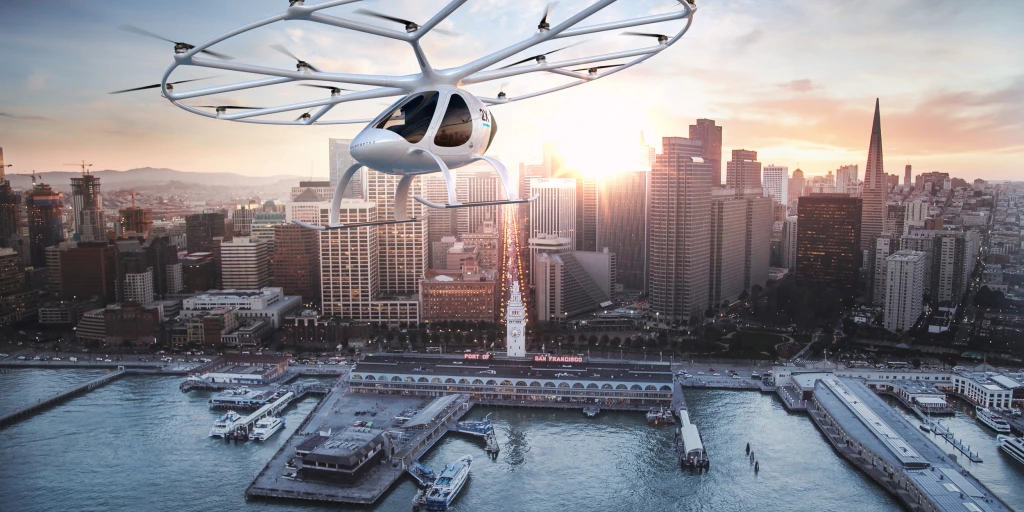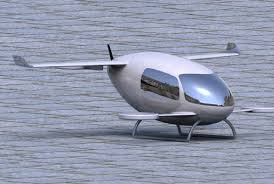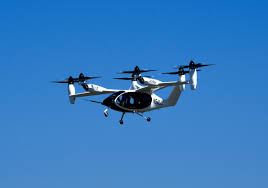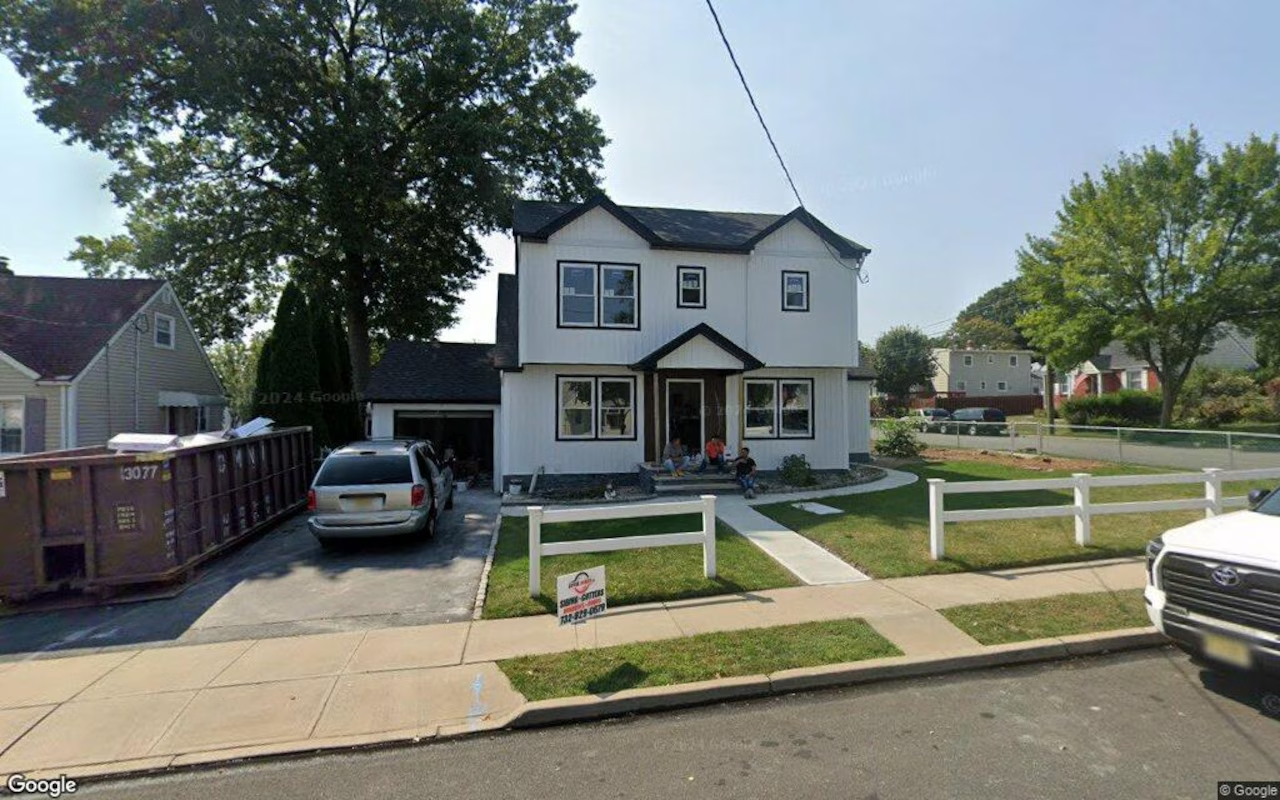Now Reading: “Dubai’s Flying Taxi Dream: Are VTOL Air Taxis the Future 2025?”
-
01
“Dubai’s Flying Taxi Dream: Are VTOL Air Taxis the Future 2025?”
“Dubai’s Flying Taxi Dream: Are VTOL Air Taxis the Future 2025?”

Table of Contents
Dubai, the glittering city of innovation, is now setting its sights on the sky. With its bold plans to introduce Vertical Take-Off and Landing (VTOL) air taxis, Dubai is making headlines across the globe. These futuristic flying vehicles promise to revolutionize urban transport by lifting travel off crowded roads and into open air routes.
But how close is Dubai to making this vision a reality? Let’s explore how the city is preparing for a VTOL taxi future and what it means for travelers, residents, and the entire world.
What Are VTOL Air Taxis?

VTOL stands for Vertical Take-Off and Landing. These aircraft can rise directly from the ground like helicopters, fly like planes, and land vertically without needing long runways.
These flying taxis are designed to carry passengers over short to medium distances, skipping the traffic congestion below. Instead of waiting in endless lines of cars, commuters could soon hop into sleek air taxis and fly over the city in minutes.
Most VTOL taxis are powered by electricity or hybrid energy sources, making them eco-friendly and quieter than traditional helicopters. Some of the biggest global companies — such as Joby Aviation, Volocopter, and EHang — are racing to build reliable, safe, and affordable VTOL vehicles.
Why is Dubai Betting Big on VTOL Taxis?

Dubai is famous for embracing bold, futuristic ideas. Whether it’s the world’s tallest building (Burj Khalifa) or artificial islands shaped like palm trees, the city is no stranger to thinking big.
Now, the government wants to transform how people move around the city. As Dubai grows in population and economic importance, traffic on its roads becomes a major concern. VTOL taxis offer a clean, efficient, and exciting alternative.
In February 2023, Dubai’s Roads and Transport Authority (RTA) announced plans to launch commercial flying taxi services as early as 2026. If successful, Dubai could become the first city in the world to introduce regular VTOL taxi routes for public use.
Mattar Al Tayer, Director-General and Chairman of the RTA, said in a statement that this new mode of transport is a part of Dubai’s vision to become a global leader in future mobility solutions.
Planned VTOL Routes in Dubai
The RTA plans to set up four main air taxi hubs (called “vertiports”) across the city. These would be strategically located to serve both busy business districts and tourist areas.
Potential locations include:
- Downtown Dubai (near Burj Khalifa)
- Dubai Marina
- Palm Jumeirah
- Dubai International Airport (DXB)
These hubs will allow passengers to book flights via mobile apps, wait in luxury lounges, and quickly board their VTOL taxis.
Travel time between these destinations could shrink dramatically. For example, a trip from Dubai Marina to Dubai International Airport that normally takes 45 minutes by car during peak hours could take just 10-15 minutes by air taxi.
The Technology Partners: Who is Building Dubai’s VTOL Fleet?
One of the leading companies working with Dubai is Joby Aviation, a US-based aerospace company specializing in electric VTOL aircraft.
Joby’s aircraft have already undergone extensive testing, including over 1,000 successful test flights. Each aircraft can carry up to four passengers and a pilot, with a range of around 150 kilometers on a single charge — perfect for city-wide travel.
In addition to Joby, companies like Germany’s Volocopter and China’s EHang are also being considered for partnership. Dubai’s authorities are expected to finalize which models will be approved based on strict safety and performance tests.
Safety First: Regulations and Challenges
Flying taxis are exciting, but they come with big safety responsibilities. Dubai’s government is working closely with international aviation bodies to create strict safety standards.
Here are the top safety priorities:
- Collision Avoidance Systems: VTOL taxis will use AI-powered systems to detect and avoid other flying objects, drones, and buildings.
- Weather Monitoring: Real-time weather tracking will ensure flights only operate in safe conditions.
- Noise Control: VTOL taxis are designed to be much quieter than helicopters, ensuring minimal noise pollution in residential areas.
- Pilot and Autonomous Options: Initially, VTOL taxis will have trained pilots. In the future, fully autonomous (self-flying) models may take over.
How Much Will It Cost to Fly in a VTOL Taxi?
Pricing details have not been officially announced yet, but experts believe the first VTOL taxi rides will cost more than premium car services like Uber Black. However, as the technology improves and becomes widespread, prices are expected to fall.
In the long run, flying taxis could be affordable for daily commuters, not just the wealthy elite. Dubai hopes to make VTOL taxis a part of everyday city life, not just a luxury for the few.
What Does the Future Hold?
If Dubai’s VTOL project succeeds, it could inspire other cities like Singapore, Los Angeles, and Tokyo to follow.
By 2030, VTOL taxis might be as common in the skies as cars are on the roads today. Dubai’s efforts could shape the way future cities solve traffic problems and cut pollution.
The flying taxi dream is no longer science fiction. With strong government support, private investment, and cutting-edge technology, Dubai is closer than ever to making this dream come true.
Conclusion
Dubai’s journey from roads to skies is bold, exciting, and full of promise. VTOL air taxis could change not just the city’s transport system, but the way the world looks at urban mobility.
As the countdown to 2026 begins, the world watches closely. Will Dubai become the first city where flying taxis are part of daily life?
Only time will tell — but the future certainly looks airborne.
Read More:- Shobha Realty Launches Its Most Luxurious Project Yet—Full Details Inside 2025





















